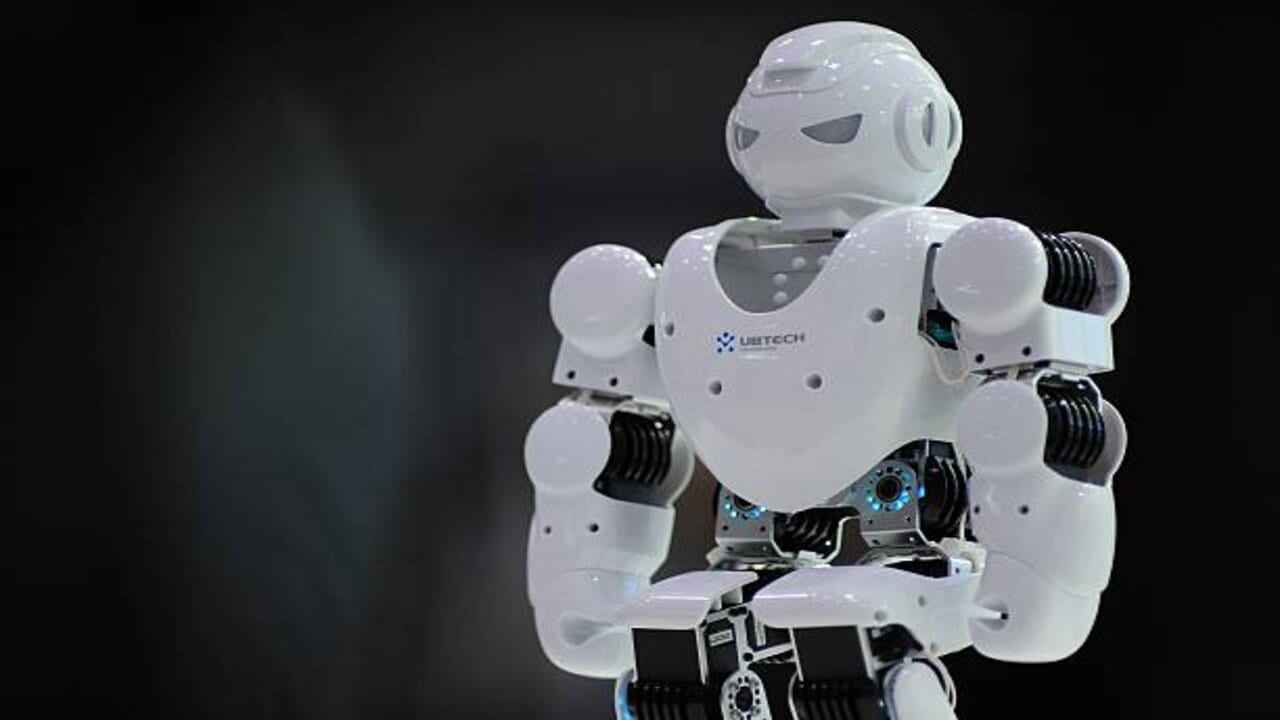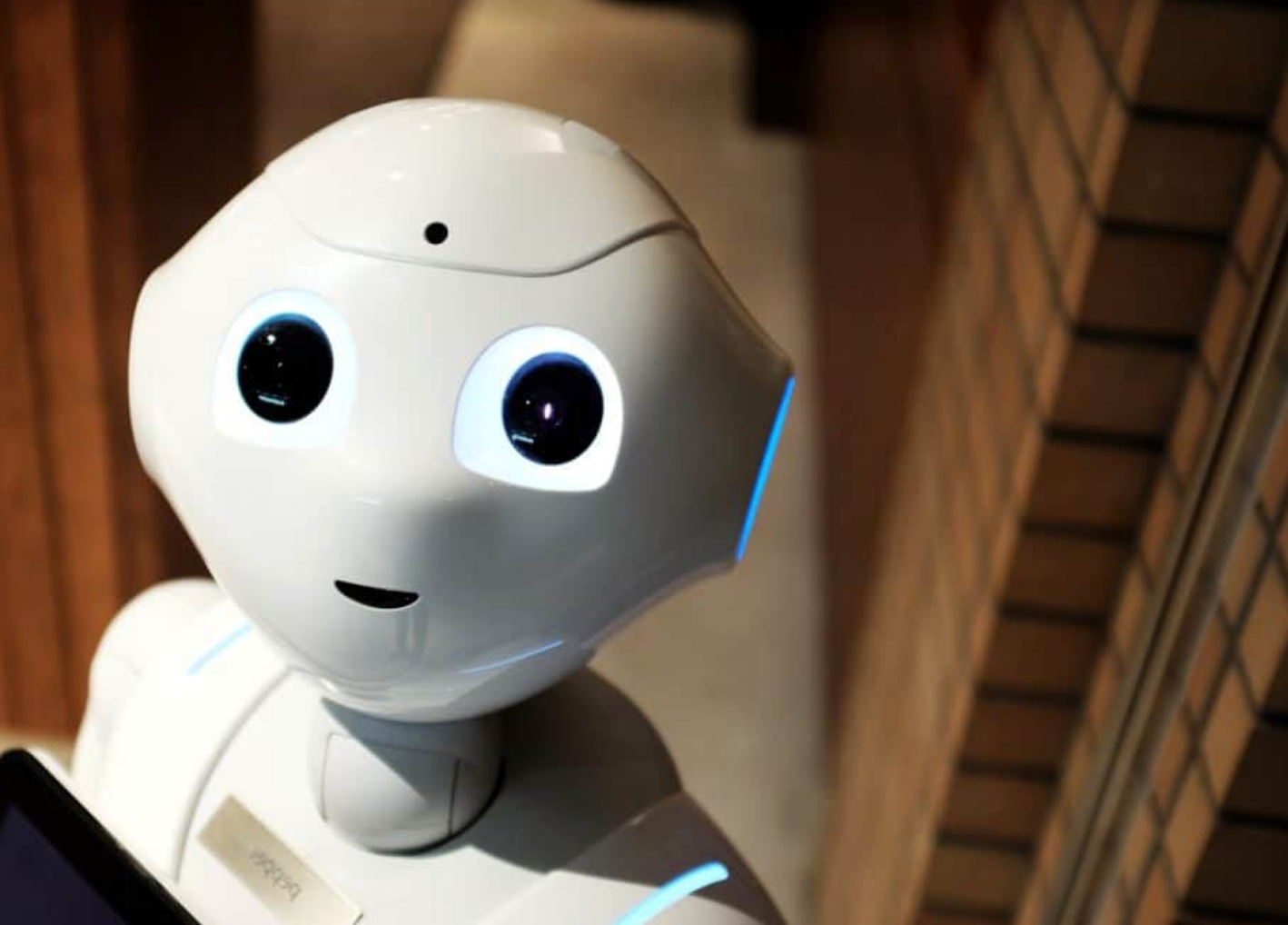© 2000-2023 - Enkey Magazine - All rights reserved
ENKEY SNC - VAT ID IT03202450924 / REA Code CA253701 - Phone. 078162719
It was lighted in a robot the first light of empathy, which was something until now only reserved to the human beings. The experiment wants to demonstrate how it can help the relationships between robots and human beings, but it opens even endless scenarios believed impossible.
The experiment that stimulated the empathy in the robot
To do the experiment was Hod Lipson, helped by a group of the Columbia University of New York. The results obtained were, then, published on the magazine Scientific Reports.
During the experiment a robot was able to predict the moves of one of its own, only by observing its behaviors. This ability will help the machines to talk between each other faster and more efficienty, but it will be even a jump forward in the communication between the machine and the human beings.

The experiment saw two robots involved. One of them had to look for the green rings and go toward them. The machine, though, was put in front of a problem that it wasn’t able to solve. Which was that some green rings were hidden by a red box.
So the robot wasn’t able to see them and it passed to the next green rings, or in case there wasn’t other visible green rings, it stopped.
From the other side another robot was watching the scene from another perspective. From the point of view of the second robot all the green rings were visible. Normally the second robot will go toward all the green rings, without distinguish them.
But after two hours spent to observe its partner it understood that there was something wrong. It started to understand from which green rings the partner was going, even if from its perspective it didn’t make sense. It didn’t make sense for it but it was able to wear the shoes of the robot number one and to predict its moves, by demonstrating to have empathy.
The theory of the mind
The experiment brings us back to the Theory of the mind, which was until now considered a privilege of the human beings. The Theory of the mind is, infact, the ability to wear the other shoes.

This is the basic of a very simple concept that even the children learnt by watching the adults. That was something that the robots were never able to do before the experiment on the empathy of the Columbia University.
Even if the experiment can seem very simple, if we think to the much more complex actions that the human beings are able to learn only with the observation, it’s a first step anyway.
The team of researchers that made the experiment doesn’t have any doubts: the first light of empathy was enlighted in the robots!
The empathy of the robots is very important to improve the communication between the machines and the human beings
To explain the importance of the empathy in the robots is Antonio Frisoli, of the High School Sant’Anna in Pisa, “To predict the future actions only with the observation is an ability which is able to substantially improve the connection and the interaction of a robot with a man, because the language is passed by the execution of duties where, for example, is needed a coordination or a reciprocal agreement”.

Furthermore, he adds, “We can imagine robots able to accomodate our actions efficiently and cooperating”.
Frisoli, therefore, agrees with the researchers by claiming that: “the experiment noticed a primitive shape of empathy between two robots, which is aimed as the skill of a robot to predict the behavior of another robot without a verbal communication, but only throught a visive analysis of the behavior of the other partner”.
By the way, we shouldn’t exagerate or look too much for the empathy in the robots. Even if it will substantially help the communication and the coordinate work, what will happen if a robot will be able to take decisions on its own only on the base of a prediction?
“Can a robot, by anticipating the human thought, manipulate the man himself and not being anymore the pure performer of a duty?”.
This post is also available in:
 Italiano
Italiano

